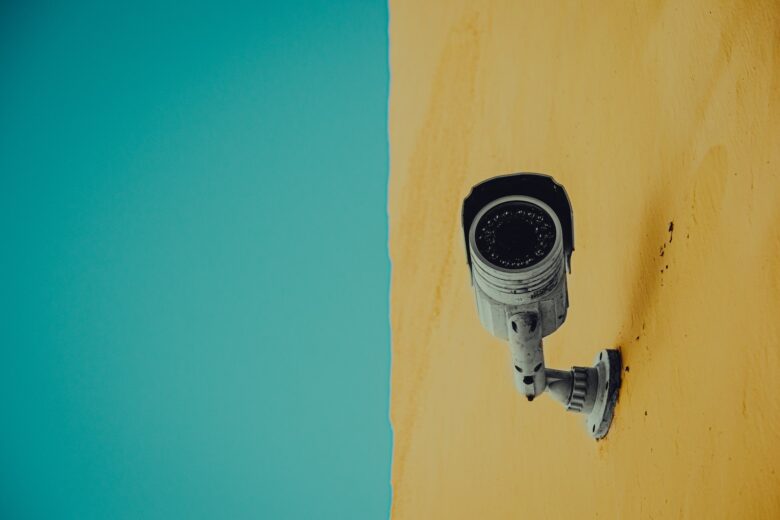In the modern era, ensuring the safety of our homes and businesses has become more crucial than ever. A robust security camera system plays a pivotal role in achieving this goal. With the right setup, you can not only deter potential intruders but also have a reliable means of gathering evidence if a security breach does occur. This article delves into the best practices for setting up a security camera system, ensuring you get the most out of this essential security measure.
Choosing the Right Cameras
The first step in setting up a security camera system is selecting the right cameras. It’s important to consider the specific needs of your property. For outdoor security, cameras with weatherproof and night vision capabilities are essential. Indoor cameras, on the other hand, might require less rugged features. The key is to find a balance between quality, features, and cost. You should also consider the field of view and resolution of the cameras to ensure they cover the desired areas with sufficient detail.
The location of the cameras is equally important. Position them in strategic locations where they can monitor the most vulnerable points of entry, like front and back doors, windows, and garages. Ensure they are placed high enough to avoid being tampered with, but still capture a clear view of the area.
Understanding Recording Methods: Intraframe vs. Interframe


When setting up your security camera system, it’s important to understand the difference between intraframe vs interframe recording methods. Intraframe recording captures each frame independently, providing high-quality images that are ideal for scenarios where detail is paramount. Interframe recording, on the other hand, records the differences between frames, which can reduce file sizes but might compromise image quality. This is particularly relevant in environments where storage space is a concern or where cameras are recording continuously.
The choice between intraframe and interframe recording will depend on your specific needs. If you require high-resolution footage for detailed security, intraframe is the way to go. However, for more extensive systems where storage management is key, an interframe might be more appropriate.
Storage Solutions
Effective storage solutions are crucial for a security camera system. You have two main options: local storage on hard drives or cloud-based storage. Local storage is often more secure, as it’s less susceptible to hacking compared to cloud storage. However, it requires more maintenance and physical space. On the other hand, cloud storage offers the convenience of remote access and typically comes with additional features like encryption and automatic backups.
It’s advisable to have a backup system in place, regardless of your primary storage choice. This could mean using both local and cloud storage or having multiple hard drives. Regularly check and maintain your storage devices to ensure they are functioning correctly and have enough space.
Integration With Other Security Systems


Integrating your security camera system with other security measures can enhance overall protection. This includes connecting with alarm systems, motion detectors, and smart home devices. Integration allows for a more comprehensive security solution, providing alerts and enabling automatic responses to potential threats. For example, cameras can be set to start recording when a motion detector is triggered.
Look for cameras and systems that are compatible with other devices and platforms you already use. This ensures a seamless integration process and allows for centralized control of your security setup.
Regular Maintenance and Updates
Regular maintenance and updates are vital for keeping your security camera system effective. This includes cleaning camera lenses, checking mounts and wirings, and ensuring that all components are functioning properly. Software updates are also important, as they can improve system performance and add new features, as well as patch security vulnerabilities.
Set a regular schedule for maintenance checks and updates. This proactive approach will help prevent potential problems and ensure your system remains reliable over time.
Ensuring Optimal Security
Overall, setting up a security camera system requires careful consideration of various factors, including camera selection, recording methods, storage, integration, and maintenance. By following these best practices, you can create a robust and effective security solution that provides peace of mind and enhances the safety of your property. Remember, a well-maintained and thoughtfully set up security system is an invaluable investment in your safety and security.





























